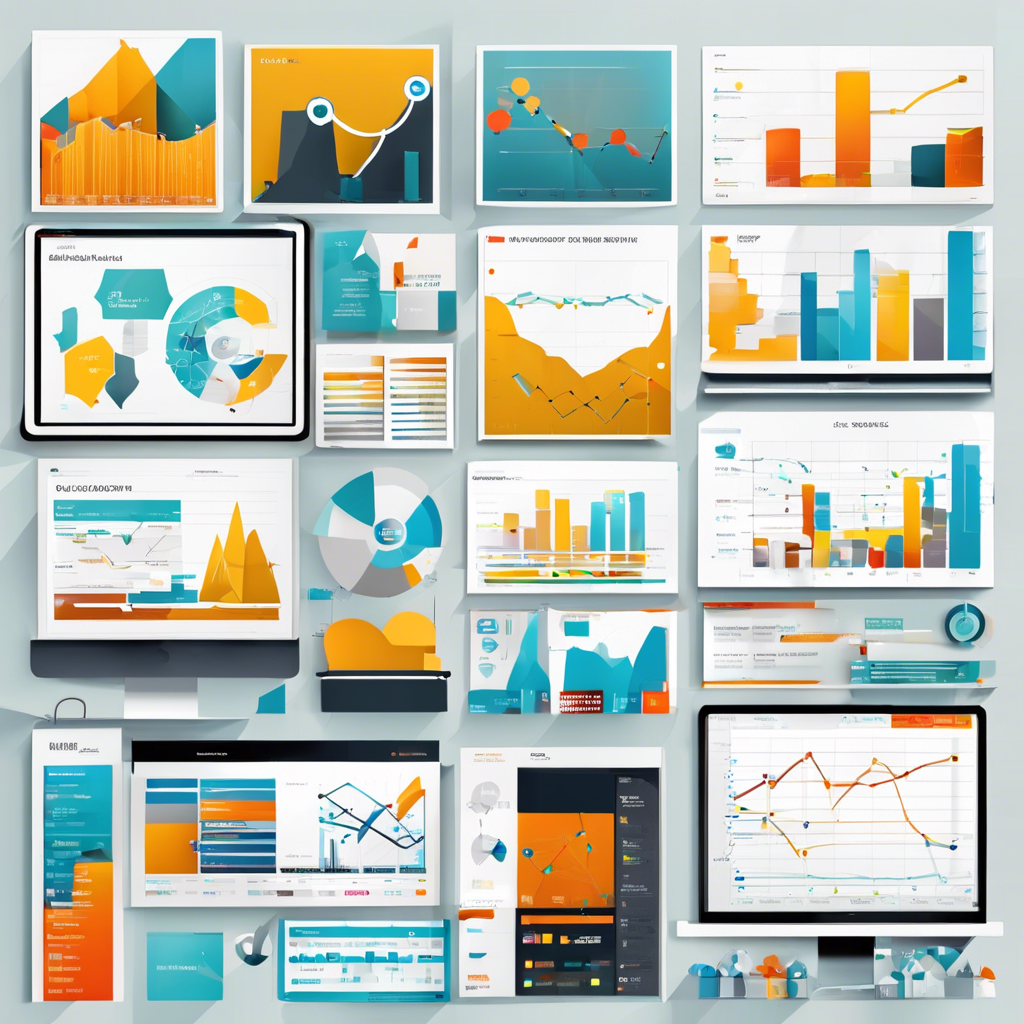Data analytics tools play a crucial role in today’s digital age, where vast amounts of data are generated and collected every second. These tools help businesses and organizations make sense of this data, extract valuable insights, and make informed decisions. From small startups to large enterprises, the use of data analytics tools has become essential for staying competitive in the market and driving growth.
One of the key benefits of data analytics tools is their ability to process and analyze massive datasets quickly and efficiently. By using advanced algorithms and machine learning techniques, these tools can uncover patterns, trends, and correlations within the data that might otherwise go unnoticed. This enables businesses to gain a deeper understanding of their customers, market trends, and operational processes.
In addition to data processing, analytics tools also offer powerful visualization capabilities that allow users to present their findings in a clear and compelling way. Data visualization not only makes it easier to interpret complex data but also enables stakeholders to grasp key insights at a glance. With interactive charts, graphs, and dashboards, decision-makers can track performance metrics, identify areas for improvement, and communicate results effectively.
Furthermore, data analytics tools provide predictive analytics functionalities that help businesses forecast future trends and outcomes based on historical data. By leveraging predictive modeling, machine learning, and statistical analysis, organizations can anticipate customer behavior, market demands, and potential risks. This proactive approach enables businesses to take preemptive actions and stay ahead of the competition.
Another important aspect of data analytics tools is their scalability and flexibility. Whether a business is dealing with terabytes of data or just a few gigabytes, these tools can adapt to varying data volumes and sources. This scalability allows organizations to grow their analytics capabilities as their data needs evolve, ensuring that they can continue to derive value from their data investments.
Moreover, data analytics tools offer advanced capabilities for data cleansing and preparation, which are essential for ensuring data accuracy and reliability. By cleaning and transforming raw data into a usable format, these tools help eliminate errors, inconsistencies, and missing values that can skew analysis results. This data preparation process is crucial for obtaining trustworthy insights and making data-driven decisions.
Additionally, data analytics tools come with built-in collaboration features that facilitate teamwork and knowledge sharing among users. With the ability to create and share reports, dashboards, and analysis results, team members can collaborate in real-time, provide feedback, and align on key findings. This collaborative environment fosters a data-driven culture within organizations and promotes cross-functional decision-making.
Furthermore, data analytics tools offer integration capabilities with other systems and platforms, allowing businesses to consolidate data from multiple sources and applications. By connecting data silos and enabling seamless data flow, these tools provide a holistic view of the business and enable comprehensive analysis across different departments and functions. This integration enhances data governance, reduces duplication, and improves data quality.
Moreover, data analytics tools incorporate security features and compliance standards to protect sensitive data and ensure regulatory adherence. With built-in encryption, access controls, and audit trails, these tools help safeguard data privacy and prevent unauthorized access. By adhering to industry regulations and best practices, businesses can build trust with customers, partners, and regulatory bodies while maintaining data integrity.
In conclusion, data analytics tools have revolutionized the way businesses leverage data to drive strategic decision-making and achieve competitive advantages. With their advanced capabilities for data processing, visualization, predictive analytics, scalability, collaboration, integration, and security, these tools empower organizations to unlock the full potential of their data assets. As businesses continue to embrace digital transformation, investing in data analytics tools will be essential for staying agile, innovative, and successful in today’s data-driven world.
